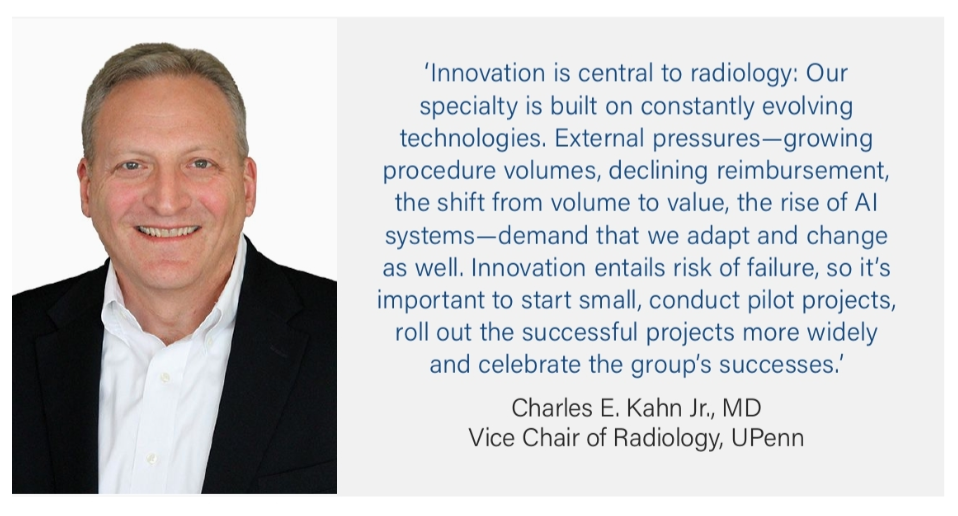Patients increasingly read their radiology reports through online EHR portals, but the reports are written for referring physicians, not for patients. Radiology reports contain a large number of technical terms and are written at a reading level much greater than the sixth-grade level recommended for communications to patients. Their lack of understanding of their results can discourage patients from asking questions of their providers and can lead to poorer patient-care outcomes. The complexity of radiology reports is a particular limitation for patients with low health literacy.
Aims and objectives. We sought to develop an EHR-integrated system that would give patients access to annotated editions of their radiology reports. The annotations would include lay-language definitions of likely unfamiliar terms, and the reports would be retrievable through our patient-care portal. Our main aim was to help patients develop a better understanding of the content of their radiology reports. Secondary objectives were a.) instilling greater knowledge of radiology to our patients, b.) assuring greater health equity by providing a resource for individuals with low health literacy and/or limited English-languages kills, and c.) fostering appreciation of the expertise and contributions of radiologists in patient care.
Leadership and project management. A radiology faculty leader conceived and led the project, which included other radiology faculty and trainees, medical students and undergraduates. This group developed a glossary of more than 13,900 terms from radiology reports, writing definitions in language accessible to lay readers. Meanwhile our healthcare system’s IT professionals—including specialists in software development, EHR integration, information security and web design—contributed to the platform’s development and implementation. The system, which we dubbed PORTER for Patient-Oriented Radiology Reporter, is now available to patients who view their radiology reports through the EHR patient portal. Nearly all our definitions— 99%—are readable at the eighth-grade level, and 63% are readable at the fifth-grade level.

Key steps. 1.) Pilot project. The project team created an initial pilot in the area of knee MRI exams. The pilot system directed patients to a separate website not integrated with the EHR, and it gave them an opportunity to offer feedback via survey. Results there have shown high utilization of the platform and strong satisfaction. 2.) Glossary. Seeing its success in a limited domain, we expanded the system’s vocabulary to almost 14,000 words, taking care to encompass report language from across radiology. We wrote and edited the definitions with an eye on optimizing readability for a wide range of readers. 3.) Production system. We re-coded the standalone software to incorporate it into the production environment of the healthcare system and to integrate it with the EHR. This effort involved converting the database to SQL Server from MySQL and converting the software to the Microsoft .NET platform from PHP. 4.) Implementation. We implemented PORTER within the EHR production environment. Today patients who view their radiology reports in the EHR patient portal can follow a link to view their radiology report as annotated with our lay-language definitions.
Positive outcomes. The platform saw more than 5,000 uses in the first several weeks of operation. User satisfaction has been positive, with about two-thirds indicating they found PORTER helpful. Further development is underway to incorporate images along with the definitions. That’s because, during the pilot project, patients responded most strongly that illustrations helped them understand report terminology.
